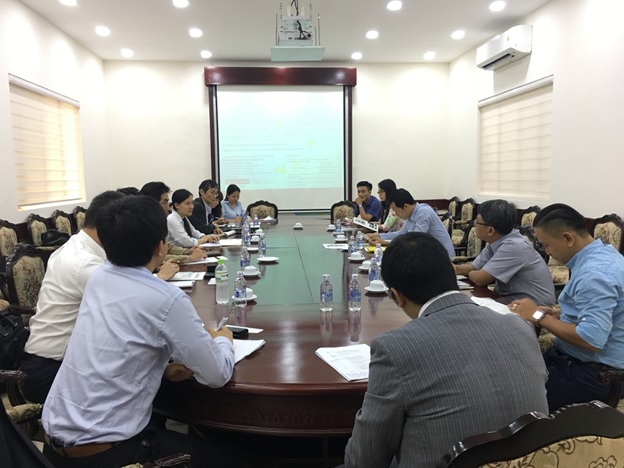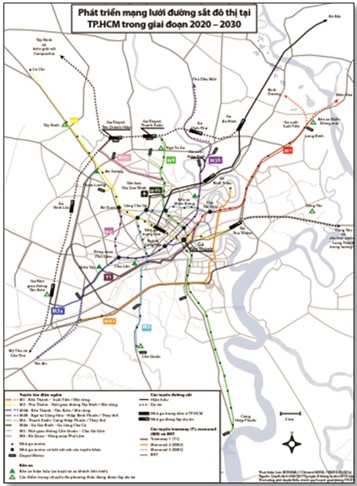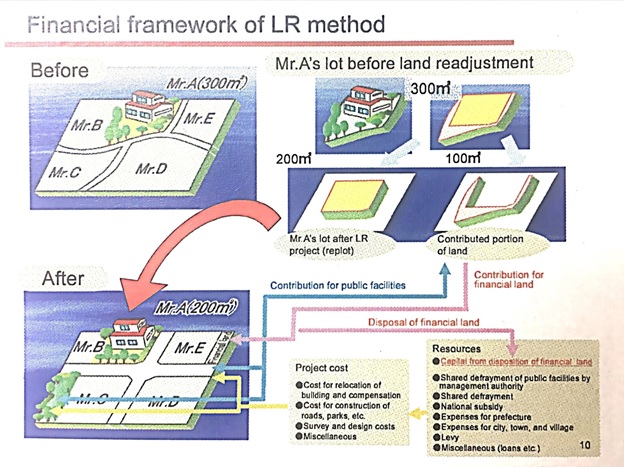Nội dung trang
Meeting on urban development potentials in Vietnam by PPP with Japan Conderence on Overseas Development of Eco-Cities (J-CODE)
Meeting on urban development potentials in Vietnam by PPP with Japan Conderence on Overseas Development of Eco-Cities (J-CODE)
(PPP) On the morning of June 29, 2017, the Department of Planning and Investment (PPP) had a discussion with the delegation of the Executive Board of the Foreign Ecological Project Board (J-CODE). With the participation of the leaders of the Ministry of Natural Resources and Environment and the representatives of the Urban Railway Management Board, the Department of Natural Resources and Environment and the Department of Planning and Architecture.

29/06 Morning Session
Urban PPP development in HCMC received much attention from Japanese businesses.
In recent years, Japanese enterprises are becoming increasingly interested in participating in urban development projects in Vietnam. In 2016, J-CODE undertook "Formation of Urban Development Projects in Vietnam" survey through a review by the Ministry of Land, Infrastructure, Transport and Tourism of Japan. In the survey, J-CODE said that it has focused on searching for urban development projects including infrastructure development developments along the existing urban railway No. 1 and No. 3 in Ho Chi Minh City; simultaneously considering the future cooperation between the two countries in the field of urban development and urban planning.
In this regard, representatives of the Department of Planning - Architecture said that it supports J-CODE’s ecological urban development viewpoint due to the advantages of energy saving and anti-global warming. However, urban development needs to be seamlessly linked to public transport.
J-CODE wants to pilot the urban development project in the first TOD model in HCMC.
J-CODE's team has made a list of 20 locationsin Ho Chi Minh City being considered capable for implementing pilot projects under the TOD model. The cost of building urban railways is very high, so it is necessary to maximize the benefits of this system through related urban development. Currently, urban development under the model of TOD - associated with the routes of the urban railway brings great benefits in urban development such as reducing traffic jams and taking advantage of the efficiency of the system as visitors increase in number, satisfaction of passengers which encourage the citizens to utilize public transport, generating economic benefits etc. In recent years, Hanoi and Ho Chi Minh City have both shown interest and proceeded to launch programs and international cooperation in research and development of urban areas in the model of TOD, putting its development orientation into planning projects, most recently in Ho Chi Minh City withSpecial Project Implementation (SAPI) for the Ho Chi Minh City Railway Project (Ben Thanh - Suoi Tien section). Therefore, J-CODE's interest in pilot implementation of urban development project under the first TOD model in HCMC is a good signal, consistent with urban development orientation of the city.

Planning the urban planning system in Ho Chi Minh City up to 2020 with a vision to 2030.
In addition, during the conference, Ms. Pham Thi Thu Ha - General Department of Land Administration and Ms. Tran ThiGiangHuong - Department of Land Planning, Ministry of Natural Resources and Environment, also discussed with the Department about such new proposals relating to J-CODE urban development issues in Ho Chi Minh City in the form of public PPP partnership, BT contract. Accordingly, in the land clearance project when implementing an urban development project in the form of PPP - BT contract, inhabitants in the project planning area can be compensated for site clearance on the spot when the project is completed. However, the area of compensation will decrease compared to the actual figure because after the project is implemented, the value of land use and living environment in the project area will increase. The above-mentioned land compensation and compensation plan will create favorable conditions, thus limiting the delays in the implementation of BT projects due to difficulties in site clearance.

The LR model related to urban development in Japan can be applied to solve the problem of compensation for site clearance when implementing BT project.
According to the conclusion of the meeting, the Department of Planning and Investment will continue to work directly with relevant agencies on the above proposals by J-CODE.
- Public Private Partnership Division, 06/2017 -




